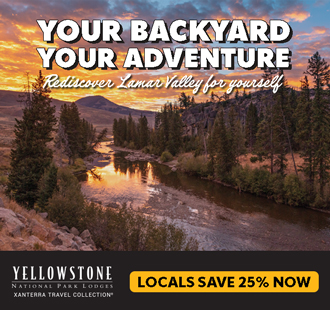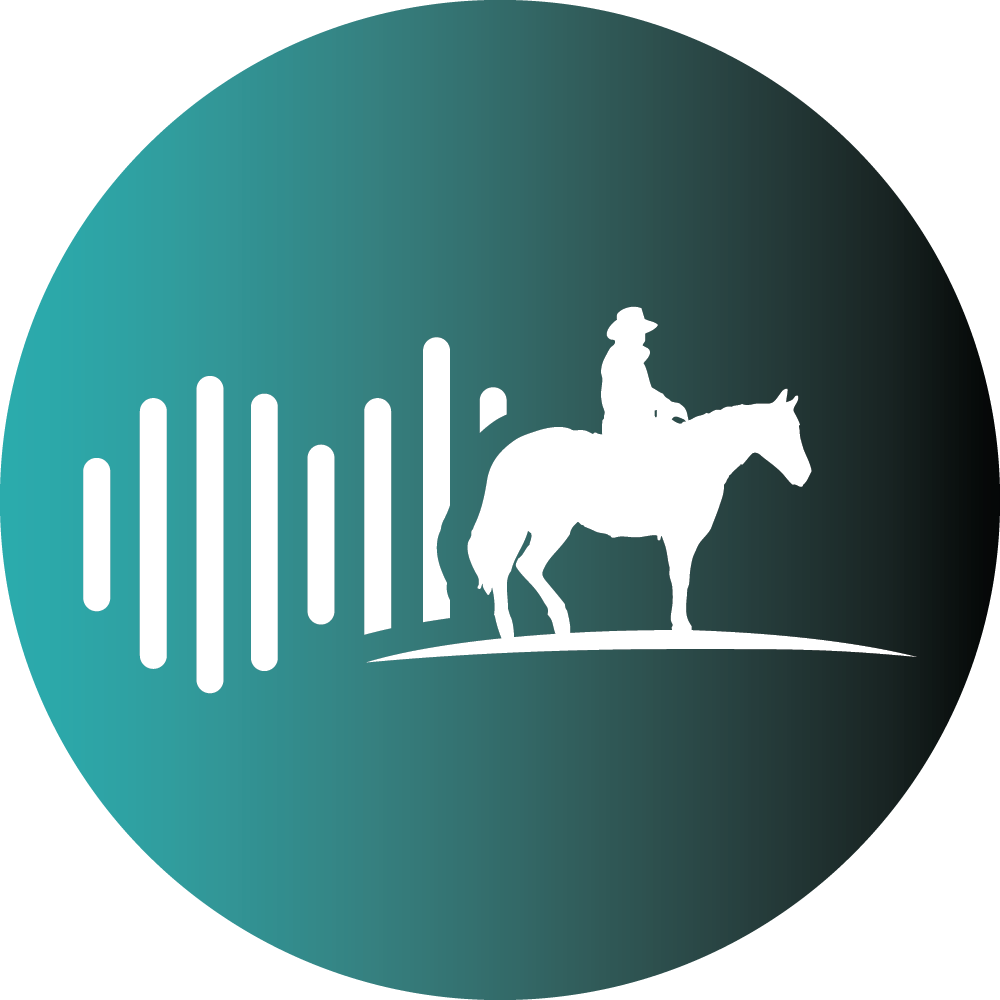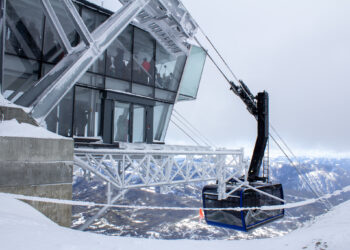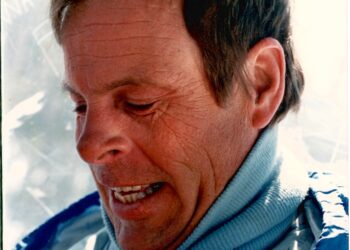By Sean Forbes
Explorebigsky.com Contributor
While many people probably imagine sculpture as a relatively sedentary, even tame art – meticulous hours spent molding and shaping in a studio – George Bumann isn’t like most sculptors.
The Gardiner-based artist does spend time in his studio, but Bumann, 36, isn’t shy about chasing his subjects in and around Yellowstone National Park. Even if every once in a while, those subjects end up chasing him.
Being treed by an angry moose, for example, just added details to his work, which Bumann hopes strikes a note of truth and captures the myriad elements that make the natural world so remarkable.
He teaches education and art classes through the Yellowstone Association, gives lectures for other nonprofits and organizations around the region and country, and has been on episodes of Animal Planet and the Travel Channel.
Bumann’s work is on display at Astoria Fine Art in Jackson, Wyo., Goodnight Trail Gallery in Mancos, Colo. and Insight Gallery in Fredericksburg, Texas, as well as at various national shows and exhibitions – the next being the Coors Art Exhibit in Denver. His studio in Gardiner can be seen by appointment.
Recently Bumann stepped away from his clay to answer a few questions for the Big Sky Weekly.
Q&A
BSW: Could you tell us about yourself and how you ended up in Gardiner?
GB: [I grew up] in upstate New York on Oneida Lake, where my mother was sculptor and dad was a computer networks specialist. I was surrounded by the natural environment, art and history – my mother’s father started a cultural history museum covering 10,000 years of human history in our area. At age 12 I began to help curate and lead tours, [which] led to subsequent jobs in living history interpretation, taxidermy, illustration, timber framing, commercial fly tying.
I sought formal training at the College of Forestry in Syracuse, New York in wildlife ecology and fisheries, and subsequently pursued a master’s degree in the same field at Virginia Tech.
I ended up in Gardiner and Yellowstone Park largely through my wife (Jenny Golding) and her previous work in Yellowstone on a coyote research project. After I finished defending my thesis, she recording her first CD, and getting married, we sold most of what we owned and drove out to Yellowstone for seasonal jobs. She was managing the field school campus in Lamar Valley for the Yellowstone Association, and I was teaching ecology and art. She has since become the director of education, and my work has expanded to offering educational programs for regional organizations, the park service, Xanterra – and there is my fine art work.
BSW: Is there a reason why you picked sculpture as a mode of expression?
GB: Sculpture made sense to me. I grew up with it in my mom’s studio, and creating things like armatures was second nature. Although I have worked with two-dimensional media for a long time, there is something very satisfying about being able to grab a hold of the medium in three dimensions – to just get your hands literally into it.
I also came back to art because there were just certain things I wanted to share that did not fit into my educational programs or any other outlet of expression.
BSW: What’s your inspiration, or what are you trying to capture?
GB: I’m inspired by a deeper sense of the natural world. Skeletons, animal anatomy, behavior and communication have always fascinated me and although my sculptures are quite recognizable for what they are – say a bison, elk or wolf – what I try to do is use the subject matter to address more timeless ideas in our own human nature.
What I mean by this is using the subject matter to address the ‘true’ subject of all great art, which is ourselves, by way of universal ideas like innocence, curiosity, pride, fear, sadness.
BSW: Do you have any stories from working in the field?
GB: Sure do. I’ve been chased back into the truck by charging buffalo, had elk chew on my sculptures, treed by moose, battled frozen fingers, dodged screaming, rampaging bull elk. I’ve had sculptures thrown to the ground by strong winds, and spent days pulling works in progress in and out of the truck while trying to keep up with mobile subjects.
BSW: How long does a sculpture take to complete?
GB: Each sculpture is its own thing. Some done in the field can be completed in as little as a couple hours while others, especially those in the studio, can be months or even years – mind you, this is all on top of over 30 years of studying my subjects and the medium from the inside out to make such ‘relatively’ short completions possible. Like a surgeon, you don’t get charged for the time it takes them to remove your wisdom teeth, but the time they spent learning how to get it right.













